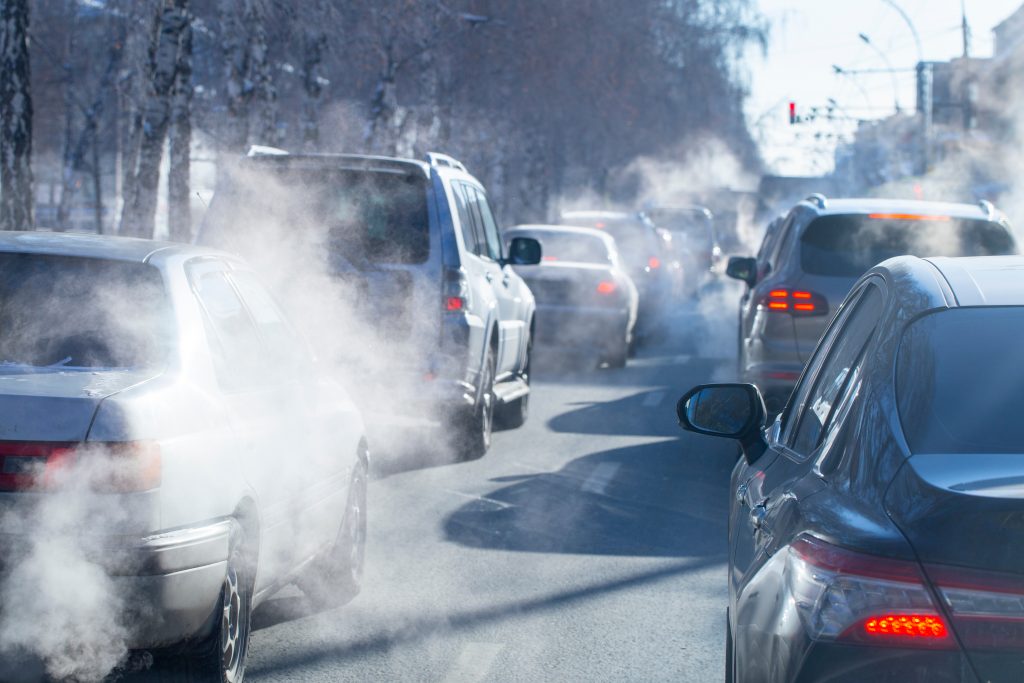Transport Focus represents the interests of all rail, bus, coach, and tram users outside of London, and all users of England’s motorways and major A roads.
They are the independent consumer watchdog. Via robust evidence-based research, they present users’ priorities and experiences to Highways England, the Department for Transport, and the Office of Rail and Road.
This case study examines the impact of Covid-19 on road users, and if this has changed user concerns highlighted in research from 2015, and Transport Focus’ campaigns for change.
Covid-19s Impact on Road and Rail Users
Throughout the Covid-19 pandemic, Transport Focus has published their research to ensure transport service users voices are heard.[1]
The key findings of their research were that the majority of passengers using public transport had felt safe in relation to Covid-19 whilst travelling.
However, less than half of those who had not used public transport said they would feel safe doing so.
This gap between experience and perceptions reflects the efforts public transport operators have made to help their passengers travel with confidence and feel safe.[2]
It also alludes to some of the problems operators may face when trying to attract users back to their services after the pandemic.
The demand for services has also been impacted, with some offices allowing workers to work from home as a permanent option. If not permanently, many workplaces have introduced hybrid working, negating the need for daily transport options.
Transport Focus highlighted 5 areas for service providers to focus on when trying to maximise their operations post-Covid-19.

Road Users’ Original Priorities
In their original 2015 research, Transport Focus spoke to just under 5000 car and van drivers, motorcyclists, and HGV drivers to rank their priorities for improvement.
The results are broken down by type of vehicle, region, age, gender, disability, and journey purpose and length.

The priorities are shown as an index averaged on 100. In this case, 100 is equal to the average share under the assumption of equal importance of all attributes.
The number of points above 100 is equivalent to the ratio of actual preference to this theoretical average.
For example:
- 50 = half as important as average
- 150 = 50% more important than average
- 300 = three times more important than average
The top priority was improved quality of road surfaces amongst car and van drivers, motorcyclists, and HGV drivers. However, their list of priorities after that is more varied.

These insights were then broken down further into regional categories.
Whilst improved quality of road surfaces remained top of the charts for all areas, second and third priorities did vary region to region.
Those within the M25 area placed reduced journey times as their second priority, with better management of unplanned delays as third.
Every other region placed safer design and upkeep of roads as their second most important priority, with the North West and North East wanting better management of roadworks as third.
The East and South East regions put better management of unplanned delays in third, whilst the South West had better behaved drivers as their third preference.
The Midlands’ third priority was reduced journey times.
The three key reasons given for road surface quality being the number one priority were:

Important strategic routes should be of a very high standard

Surface defects on high speed roads compromise safety

Desire for a more comfortable journey experience[3]
As highlighted, Covid-19 has caused transport providers to rethink their strategies, and to get people back to using their services regularly.
However priorities have also changed regarding road investment, as Transport Focus found in their ‘Road users’ Priorities for the Road Investment Strategy 2020-2025.’[4]
The top nine priorities are ranked as follows:
- Enhanced safety
- Improving journey times
- Improved surface quality, signage and lighting
- Better information
- Improved roadside facilities
- Better integration with other roads
- Meeting the needs of bus and coach operators and their passengers
- Improved provision for cyclists and pedestrians
- Future-proofing new investment[4]
Safety and better information have both perhaps unsurprisingly worked their way up the rankings in light of the Covid-19 pandemic.
Transport Focus’ Continued Campaigns
While continuing their research into the impacts of Covid-19 on road and transport users, Transport Focus have carried out more targeted campaigns.
‘Sort my Sign’ was a recent successful campaign that aimed to tackle issues regarding relevancy and clarity of road signs.

Transport Focus set up several ways of reporting broken, hidden, or outdated signs. There remains an online portal, as well as a telephone number to make them aware of such instances.
The information has been shared and discussed nationally and regionally to identify and track themes.
Transport Focus have challenged Highways England to improve timescales in fixing the reported issues, and to keep customer contact quick and easily accessible.
If an area is identified as having the same road user issues being raised repeatedly, a policy of ‘area blitzing’ is introduced to rapidly fix the issues.
This campaign, as well as their constant monitoring of users’ preferences and priorities, has instilled a culture of delivering what road users actually want.
Communicating their research regularly to the Department for Transport and Highways England has bridged the gap between users and action.
[1]Rowbotham, Lee. 2021. Senior Stakeholder Manager, Transport Focus. Incorporating Road User Satisfaction into Priorities for Improvement.
[2]Transport Focus. 2021. Travel during Covid-19: Key Lessons for 2021 and Beyond.
[3]Transport Focus. 2017. Road Surface Quality.
[4]Transport Focus. 2020. Road users’ Priorities for the Road Investment Strategy 2020-2025.
Register FREE to access 2 more articles
We hope you’ve enjoyed your first article on GE Insights. To access 2 more articles for free, register now to join the Government Events community.
(Use discount code CPWR50)




